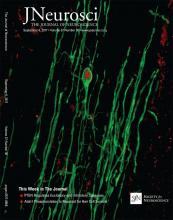
Injury of the spinal cord is a traumatic and life-changing event that affects over three million people worldwide. Over the last decade, researchers have been examining ways to help repair injured individuals through the use of stem cell transplantation. Significant progress has been made in this area yet many unanswered questions remain. For the laboratory of Dr. Wolfram Tetzlaff at the University of British Columbia, these gaps need to be filled to ensure successful treatments in the future. Continue reading





